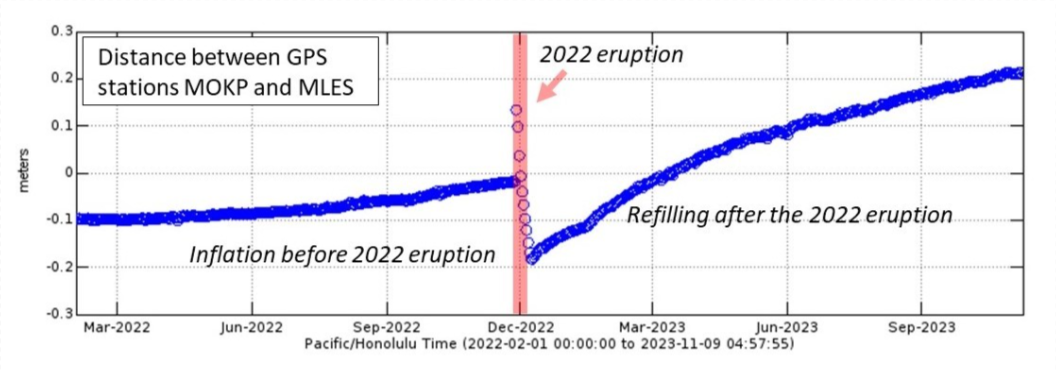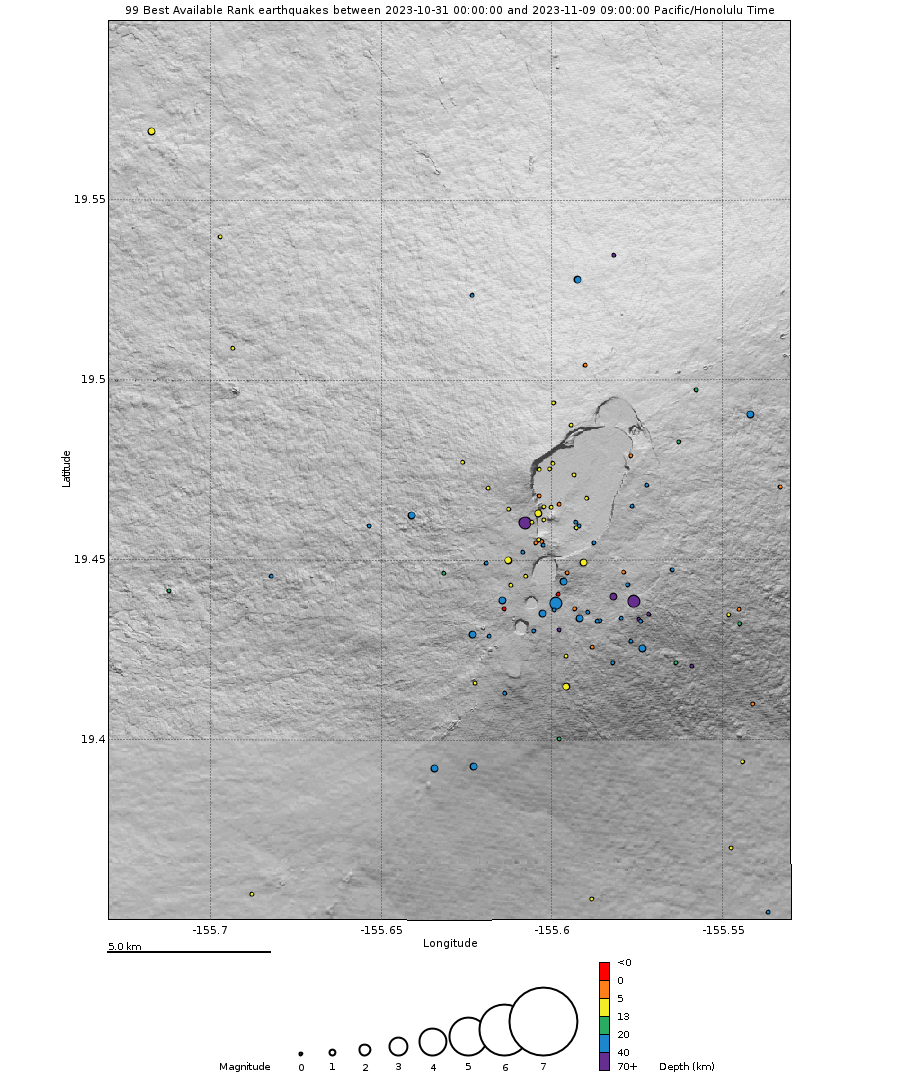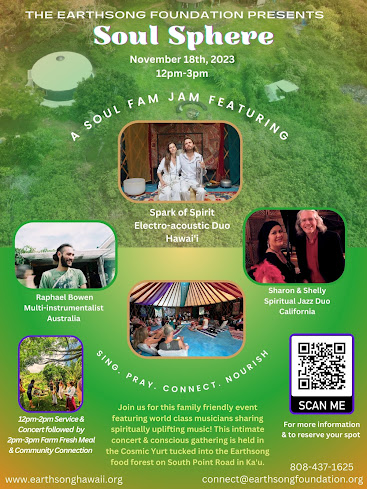The AP story reports on this week's Centers for Disease Control & Prevention report, which noted that the national vaccination rate remains at 93 percent, the same as 2021 but down from pre-covid years. "All U.S. states and territories require that children attending child care centers and schools be vaccinated against a number of diseases, including, measles, mumps, polio, tetanus, whooping cough and chickenpox. All states allow exemptions for children with medical conditions that prevents them from receiving certain vaccines. And most also permit exemptions for religious or other non-medical reasons."
Idaho had the highest percentage of exemptions, with 12% of kindergartners receiving at least one exemption. In contrast, 0.1% had exemptions in New York. The AP story also notes that officials point to three groups of children in the vaccination statistics. "One is those who get all the shots. A second is those who get exemptions. The third are children who didn’t seek exemptions but also didn’t get all their shots and paperwork completed at the time the data was collected.
NIYORI NOELLE SORIANO, JOURNALISM STUDENT AT KAʻŪ HIGH, writes about visiting the historic Palace Theater in Hilo and seeing a film:
Members of Kaʻū High School Drama Club traveled to the Hawai‘i Film Festival screenings at the historic Palace Theater on Nov. 3 in Hilo. The 43rd annual Hawai‘i International Film Festival presented
.jpeg) |
| Niyori Soriano (front left) writes about a screening during the Hawai'i International Film Festival at The Palace Theater. Photo from Kaʻū High School |
11 films over four days at The Palace, with additional screenings around the state.
The Drama Club viewed My Partner, directed by Keli‘i Grace. He wrote the play about the value of learning to understand one another's feelings and varying points of view among Native and Immigrant families; involving race, culture, poverty, privilege and well-being.
The My Partner story focuses on a fishpond. A young Native Hawaiian man, known as a top athlete at high school, also shows his deep involvement with his culture. He sees the fishpond as a place for Native Hawaiian aquaculture to perpetuate Hawaiian history. His Filipino schoolmate, first-generation immigrant and high achiever, sees the fishpond as a place to go fish for as many fish as he can catch to feed his family.
The film shows how the young men from two cultures learn that both views of the fishpond are valid. They get together to understand the importance of seeing the world from different perspectives. The Hawaiian takes the time to introduce the Filipino to the importance of natural resources, wai wai - water and values, taking him to kalo farms and up mountain to streams and forest. They eventually become close to one another.
My Partner is expected to be shown at future festivals. The trailer can be seen at https://www.imdb.com/title/tt21329176/?ref_=tt_mv_close.
To read comments, add your own, and like this story, see facebook.com/kaucalendar. See latest print edition at kaucalendar.com, in the mail and on stands.
WHAT'S SHAKING BENEATH MAUNA LOA? is the title of this week's Volcano Watch, written by U.S. Geological Survey Hawaiian Volcano Observatory scientists and affiliates:
It's hard to believe that nearly one year has passed since Mauna Loa erupted. Mauna Loa has been mostly quiet since the end of the 2022 eruption, but a small increase in seismic activity in late October 2023 reminds us that the volcano remains active.
The 2022 event was significant in that it occurred following the longest noneruptive period—38 years—at Mauna Loa in the past two centuries. Like most Mauna Loa eruptions, the 2022 eruption started in Mokuʻāweoweo (the summit caldera). Within hours, activity moved into the Northeast Rift Zone, generating lava flows primarily in a north/northeast direction that crept to within 3 km (2 mi) of the Daniel K. Inouye Highway.
Following the 2022 eruption, Mauna Loa quickly began to reinflate, indicating that magma continued to be supplied to the volcano's magma chamber. This observation is not unprecedented, as ground deformation rates on Mauna Loa were similarly high following the 1975 and 1984 eruptions, but eventually declined to background levels before the next volcanic unrest. In the months following the 2022 eruption, the deformation rates have slowly declined, though they remain relatively high.
 |
Plot showing the distance between two GPS stations on Mauna Loa from February 2022 to November 2023. Station MOKP is on the north side of Mokuʻāweoweo and station MLES is east of Mokuʻāweoweo. This plot shows how the distance between these two stations increased before the 2022 Mauna Loa eruption, indicating that the volcano was inflating. In the months following the 2022 eruption, the deformation rates have slowly declined, though they remain relatively high. USGS plot. |
New seismic observations over the past month include more frequent occurrences of signals associated with magma movement. Most of these signals have occurred at depths of 40–60 km (25–37 mi) beneath Mokuʻāweoweo, though some have occurred at shallower depths within 16 km (10 mi) of the ground surface. These observations are also not unprecedented: similar signals at deep depths occurred during 2002 and 2004.
In the decades prior to the 2022 eruption, Mauna Loa exhibited several periods of prolonged and increasing unrest. Over the past week, the number of seismic events has decreased, but the rate of ground deformation remains high. If Mauna Loa seismic activity becomes more persistent—in combination with elevated rates of ground deformation—this may herald a shift back into a period of unrest.Mauna Loa's most recent eruptions in 2022, 1984, 1975, and 1950 have occurred years to decades apart. However, prior to 1950, Mauna Loa erupted more frequently. Only three Mauna Loa eruptions occurred in the second half of the 20th century, but twelve eruptions occurred in the first half of the century.
Mauna Loa eruptions have varied in duration. The 1949 summit eruption, for example, lasted nearly five months; this was soon followed by the 1950 Southwest Rift Zone eruption that lasted several weeks, generating lava flows that swiftly descended steep slopes in South Kona to enter the ocean within a few hours of the eruption onset. Considering the past eruption patterns and current monitoring observations, is Mauna Loa entering another prolonged period of variable unrest like it had in the decades preceding the 2022 eruption?
 |
| Map showing the locations of earthquakes beneath Mauna Loa between October 31, 2023, and November 9, 2023. The earthquake colors indicate their depth. Most earthquakes have occurred at depths of 40–60 km (25–37 mi) beneath Mokuʻāweoweo, though some have occurred at shallower depths within 16 km (10 mi) of the ground surface. USGS map. |
Volcano Activity Updates: Kīlauea is not erupting. Its USGS Volcano Alert level is ADVISORY.
Southwest of Kīlauea's summit, unrest associated with an intrusion that began in early October has diminished over the past week, though a small cluster of earthquakes has persisted near the middle Southwest Rift Zone. Seismicity and ground deformation may continue to wax and wane with changes in the rate of magma input to the area, and eruptive activity could occur in the near future with little or no warning. The most recent sulfur dioxide (SO2) emission rate for the summit—approximately 100 tonnes per day—was measured on October 19.
Mauna Loa is not erupting. Its USGS Volcano Alert Level is at NORMAL.
Webcams show no signs of activity on Mauna Loa. Summit seismicity has increased slightly in the past month, while ground deformation indicates slow inflation as magma replenishes the reservoir system following the 2022 eruption. These processes are described in greater detail in the above article. SO2 emission rates are at background levels.
.jpg)
.heic)







%20copy.jpg)
.JPG)


.png)